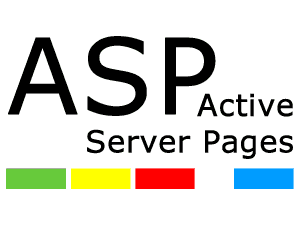Classic ASP
Classic ASP (also known as ASP which stands for Active Server Pages) is Microsofts first server-side VB scripting language originally released in 1996 as part of Internet Information Services (IIS 3.0). This was improved and developed to produce ASP 2.0 released in 1997 as part of IIS 4.0, followed by ASP 3.0 in 2000 as part of IIS 5.0. This lead on to ASP+ in 2001 which was an early version of Microsofts ASP.NET framework in use to this day. You can find out more about the history of classic ASP in our post here.
To this day, many websites still use the legacy ASP (which is sometimes now referred to as ‘Classic ASP’ in order to distinguish it from ASP.NET. Due to it’s rich history and legacy websites developed using ASP, many websites require classic ASP support. ~There are still many classic ASP developers out there, though they are not easy to find since this is now quite an old language.
Microsoft themselves have said they will support Classic ASP on Windows 8 for a minimum of 10 years meaning the Classic ASP support end date from Microsoft’s perspective could be as late as 2025.









